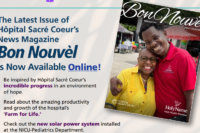This seminar was given on 05/09/11 – 05/13/11
As you may know, Haiti has some of the worst health statistics in the world. It is the poorest country in the Western Hemisphere, and medical care (pre- and post-quake) statistics are on a par with the worst countries in Sub-Saharan Africa.
To give you a quick sense: a woman’s life expectancy in Haiti is about 54 years. Maternal mortality is about 670/100,000 (compared to about 10/100,000 in industrialized nations), and death in childbirth is the second leading cause of death among Haitian women. Fewer than one in four women give birth in a “health facility” or with any “skilled birth attendant” (someone who has been mentored or has had two years of training and is recognized by the government.)
Evidence from numerous studies has shown reduced maternal mortality when women have a skilled attendant present at every birth. Efforts to train healthcare personnel in Haiti have been affected dramatically by the 2010 earthquake, particularly for midwives and nurses. In 2011, Dr. Joseph Giere, along with colleagues from Georgetown University School of Medicine, set out to train and enhance the capacity of Haitian doctors, midwives, and nurses to recognize and manage common pregnancy concerns and obstetric and neonatal emergencies.
The following photographs document the training performed during the OB-GYN and neonatology symposium:
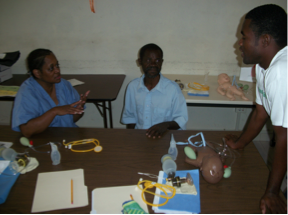
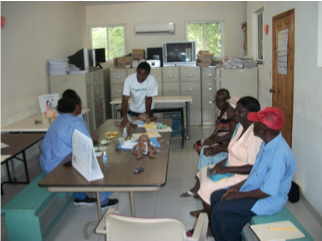
Photos 1, 2: Dr. Deborah Hoy-Jones is a Georgetown Medical Center neonatologist and an ordained minister with a doctorate in theology. She is training traditional birth attendants (called TBAs) in the care of the newborn immediately after delivery. She uses role-play with the baby model NeoNatalie. Her interpreter pretends to be a pregnant woman and she coaches each of the elderly participants (most of whom are illiterate) to rehearse delivery and post-delivery care of the infant and mother.
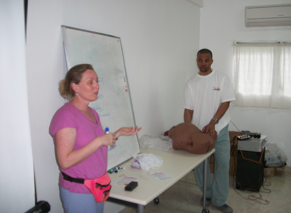
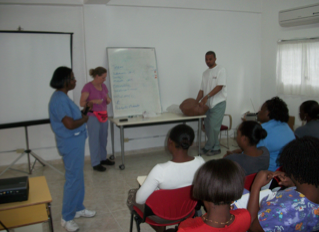
Photos 3, 4: Dr. Ranit Mishori, director of the Global Health Initiative at Georgetown’s Department of Family Medicine, uses a pelvic model to discuss post-partum hemorrhage (the number-one killer of women during birth worldwide) and the emergency care needed for management. She is assisted by a young family medicine doctor and a Haitian-born American nurse practitioner.




